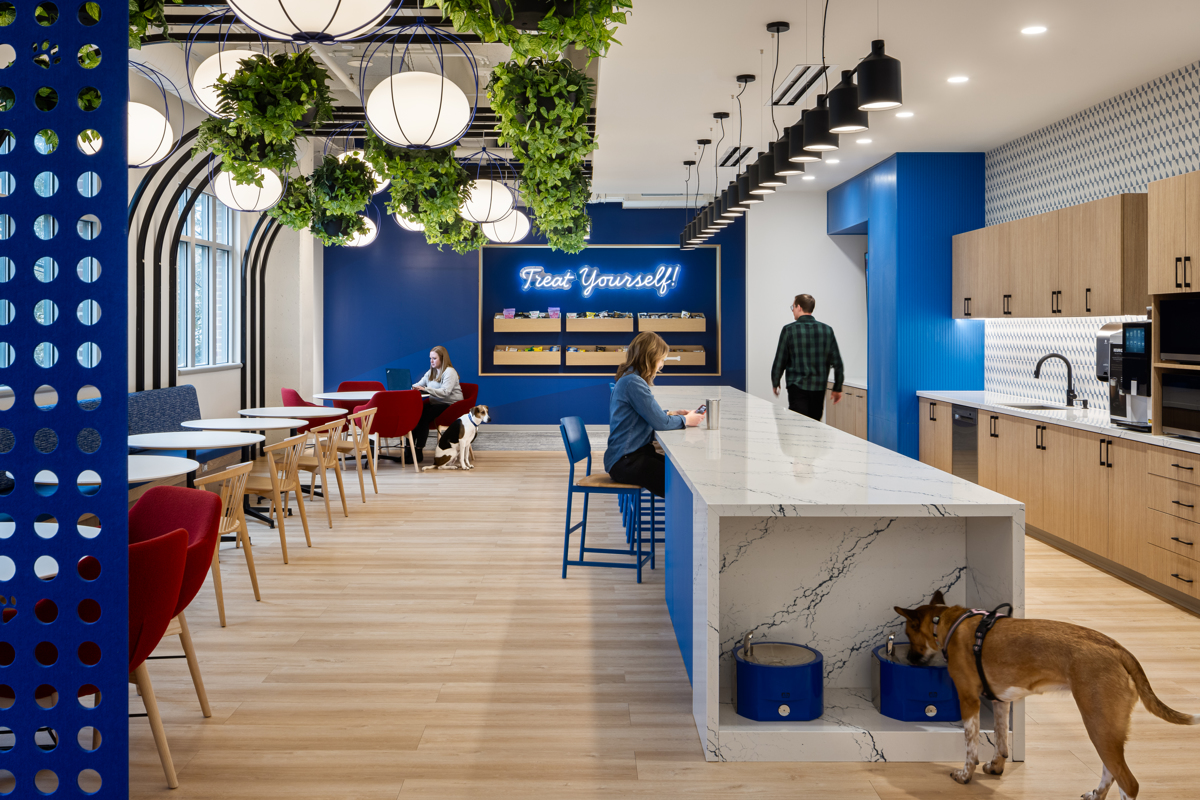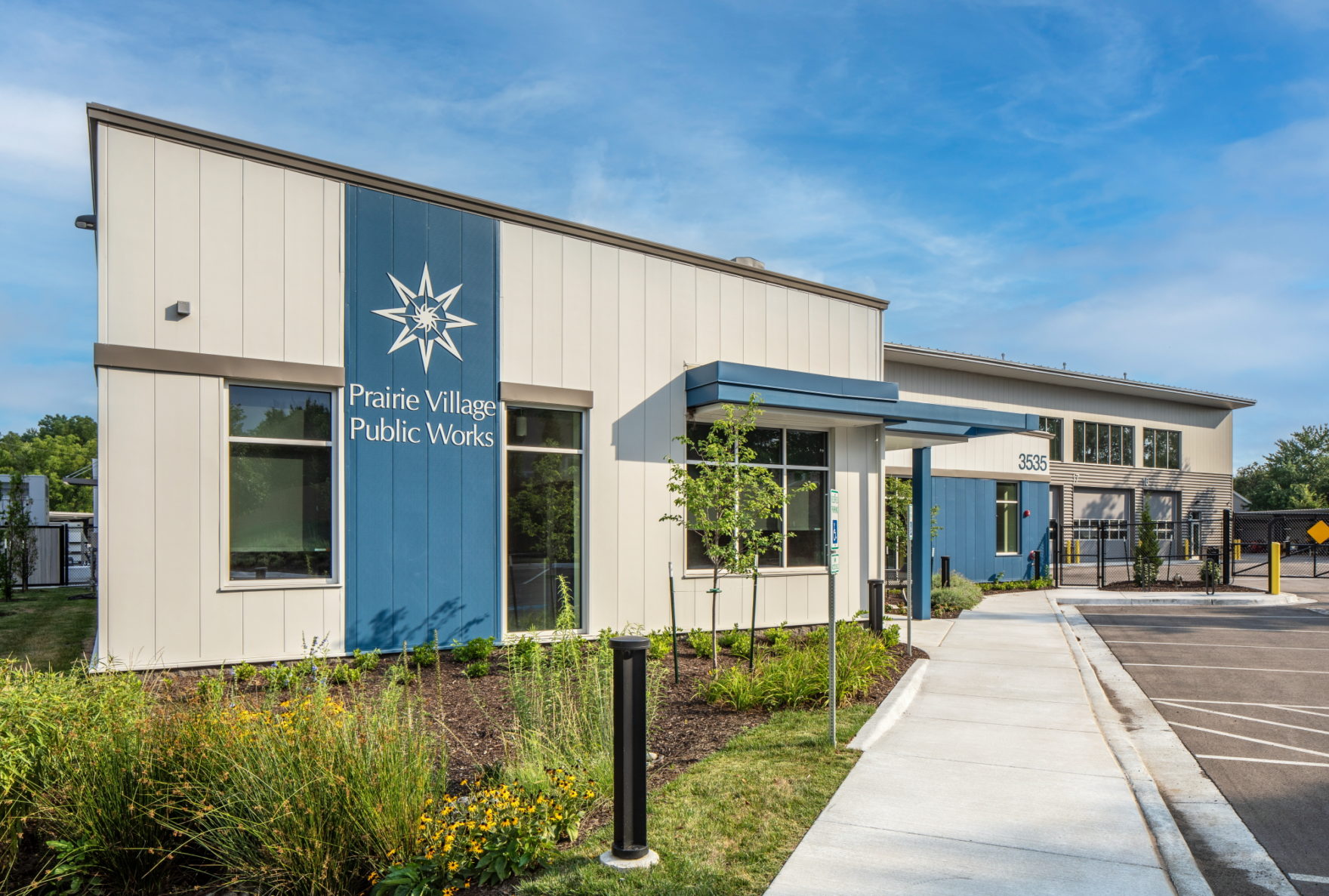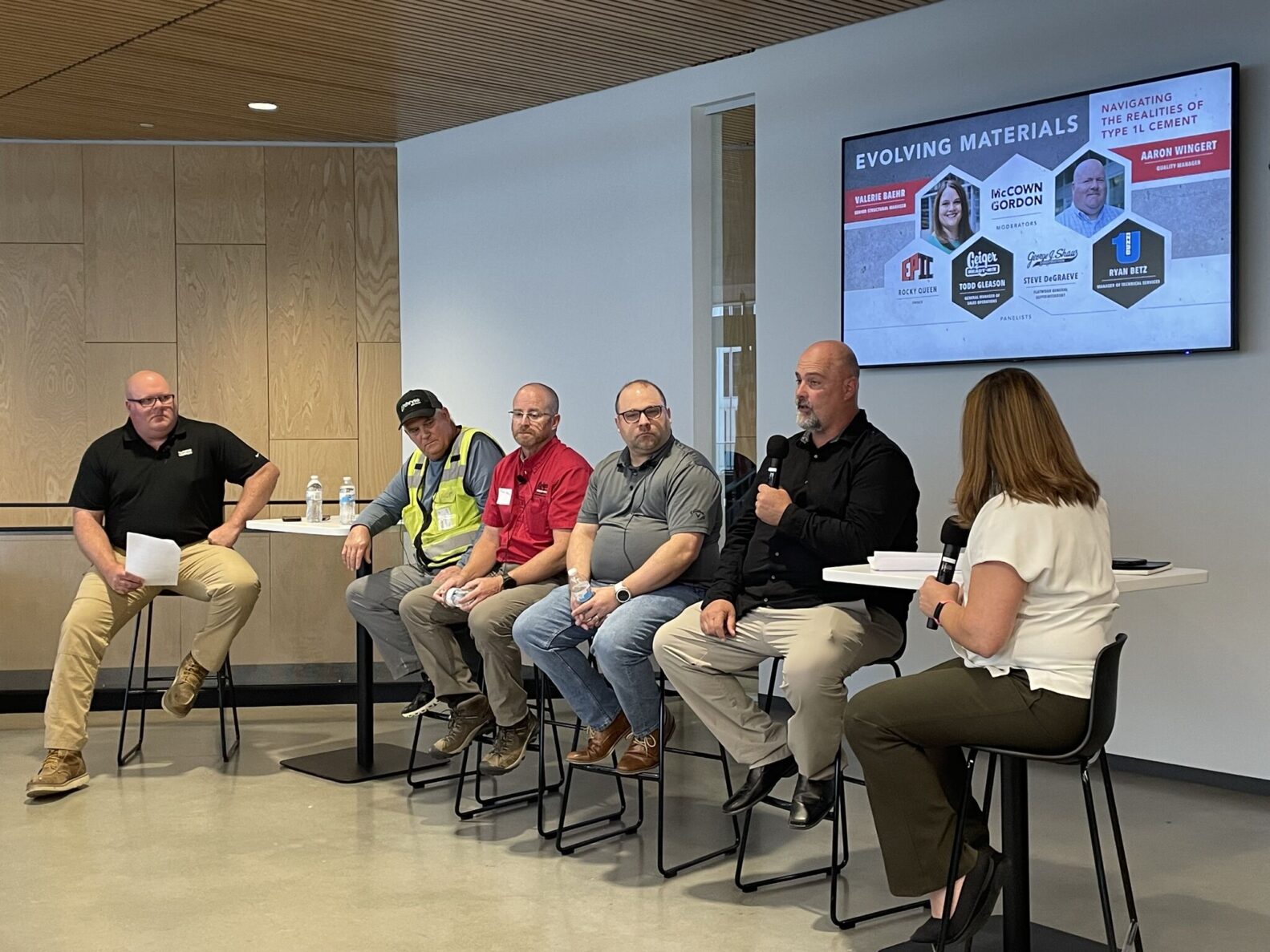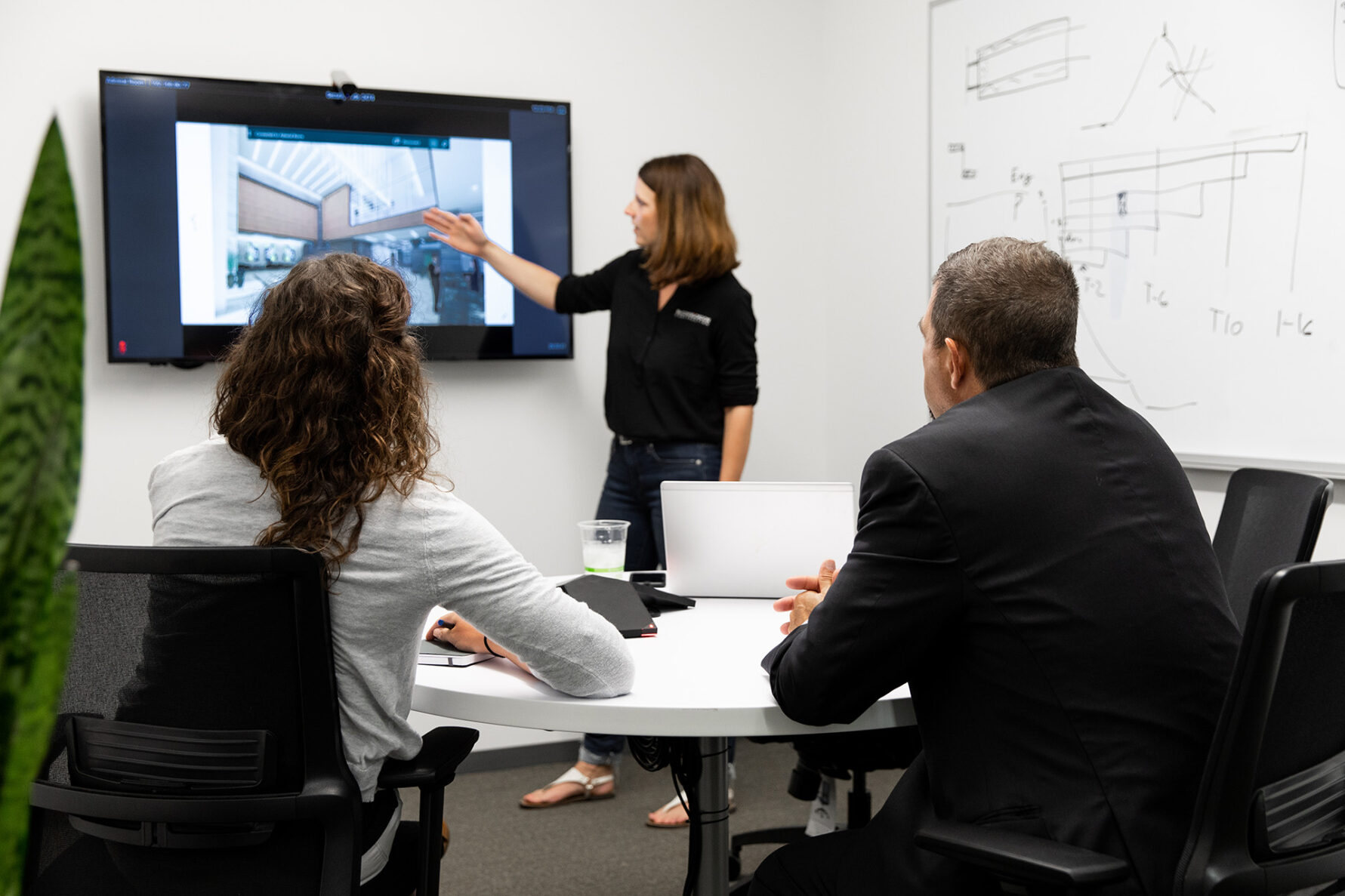Your Partner in Sustainability: Creating a Pathway to Achieve Your Sustainability Goals
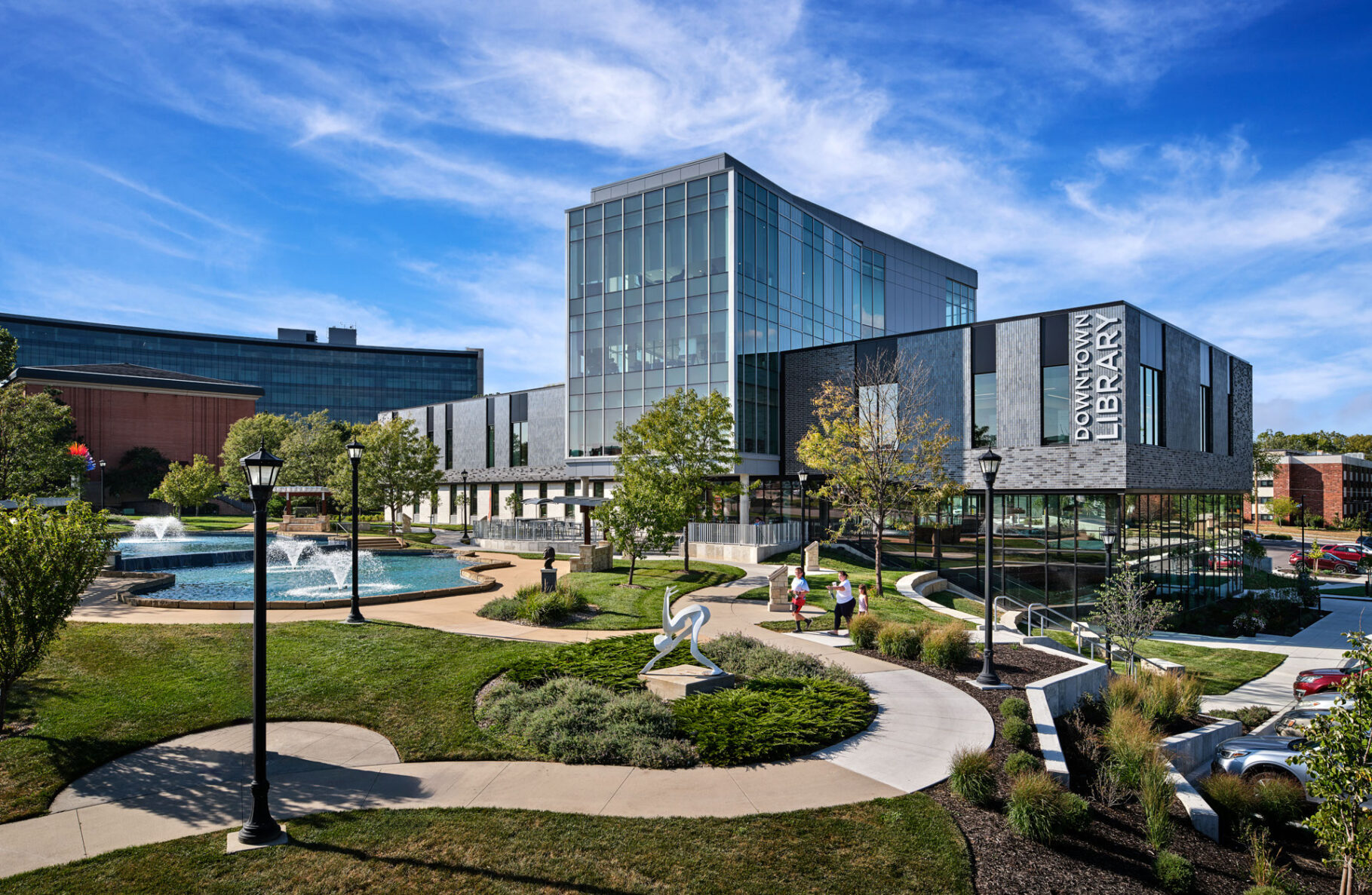
Sustainable buildings can take many different meanings to the people who own and use them. For some, sustainability may encompass energy efficiency measures aimed at reducing carbon emissions and lowering utility costs. Others may prioritize the use of environmentally friendly materials and construction practices. Whether your goal is to provide a measurable level of carbon footprint reduction, achieve a green building certification, or simply to know you are limiting your environmental impact, the team at McCownGordon helps create a pathway to achieve your environmental goals.
Read on to learn how our team takes an integrated approach to sustainability goals, ensuring that they are woven into the project from day one.
Defining your vision
The first step to achieving your sustainability goals is to define them. Defining your vision allows our team to guide you towards the most sustainable and cost-effective options available. As your partner in construction, we work with you to uncover the drivers for pursuing sustainability and solidify your vision. Each vision is as unique as the projects themselves – for some it’s pursuing a green building certification; for others, it’s taking small steps to become more energy efficient. Our team then uses your vision as our guiding light to determine how we might achieve your goals while remaining conscious of both your capital budget and future operating and maintenance budgets.
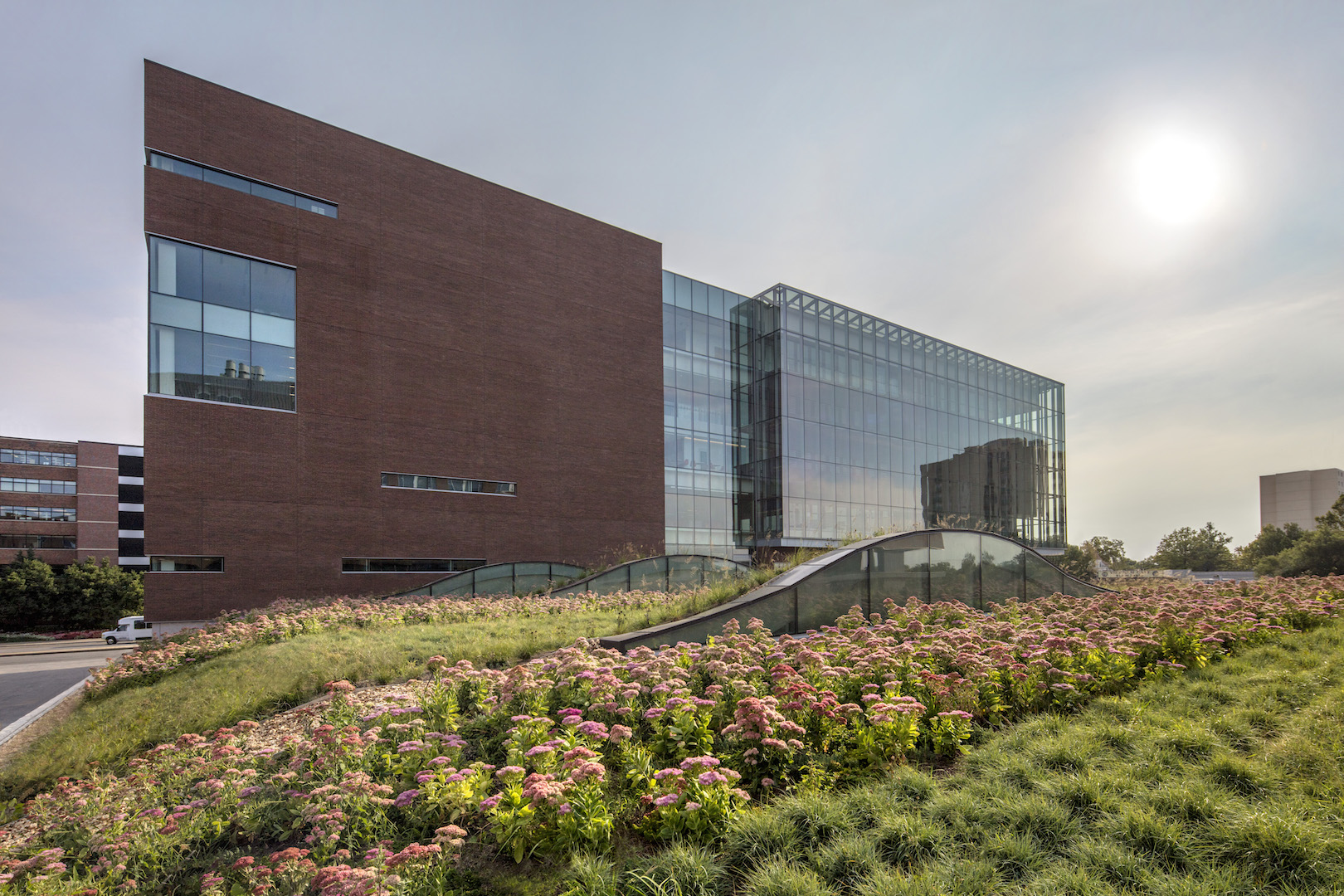
Evaluating sustainable options
With your vision and project drivers in hand, our team gets to work on evaluating sustainable features for your project. For existing buildings, we benchmark your existing metrics like energy usage, age/type of building systems and envelope, and building use. For new buildings, we take a peer benchmarking approach and evaluate your building against those with similar occupancies and in similar regions. The benchmark provides our starting point. From there, we can determine feasible sustainability options. In some buildings, we may look at a slightly more efficient rooftop unit model that can save costs across the life of the unit without significantly affecting initial capital costs. For others, we may conduct a lifecycle cost analysis using a high-level energy model to evaluate glazing solar heat coefficients.
“Engaging us early in a project allows us to identify the biggest energy consumers inside of the building and evaluate alternatives before we even look at the building envelope,” says Emily Tilgner, Vice President, Building Performance Solutions at McCownGordon. “The potential sustainable options can seem overwhelming. It’s our job to be educated on the potential solutions so we can best guide your decision making.”
Learn how our team was able to optimize building performance and meet rigorous LEED Platinum requirements while keeping within budget on Prairie Village’s new Public Works Facility.
When evaluating sustainability features in a building, we look at three areas – how the building operates, how it influences the surrounding area and community at large, and the human experience.
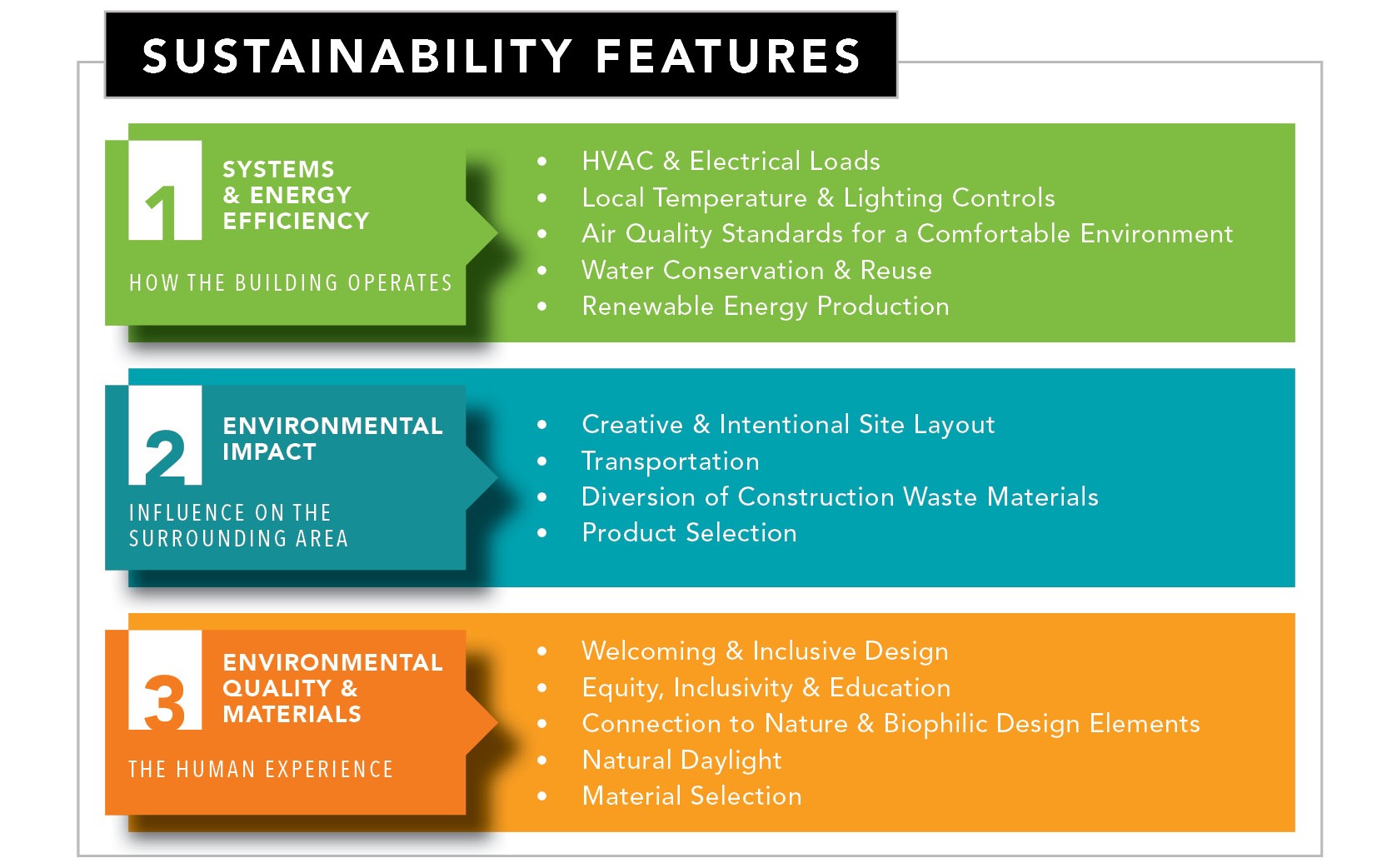
Employing sustainable construction practices
Regardless of the level of sustainability practices used within a design, McCownGordon often looks for ways to incorporate sustainability into our construction practices. One such technique is adopting construction waste management strategies, such as recycling and salvaging materials, to divert waste from landfills and reduce the demand for new, raw resources. Other strategies include optimizing transportation and logistics to minimize fuel consumption and emissions, promoting the use of low-impact construction methods, or employing methods to prevent soil erosion and minimize sediment runoff into nearby water bodies.
At McCownGordon, we believe in implementing sustainable construction techniques, even when it’s not required. “Construction is responsible for a lot of waste and debris,” says Tilgner. “Soon, we will have the ability to share diversion rates from each of our Kansas City area construction projects where we divert waste using KC Dumpster’s new Construction & Demolition Recovery Facility.”
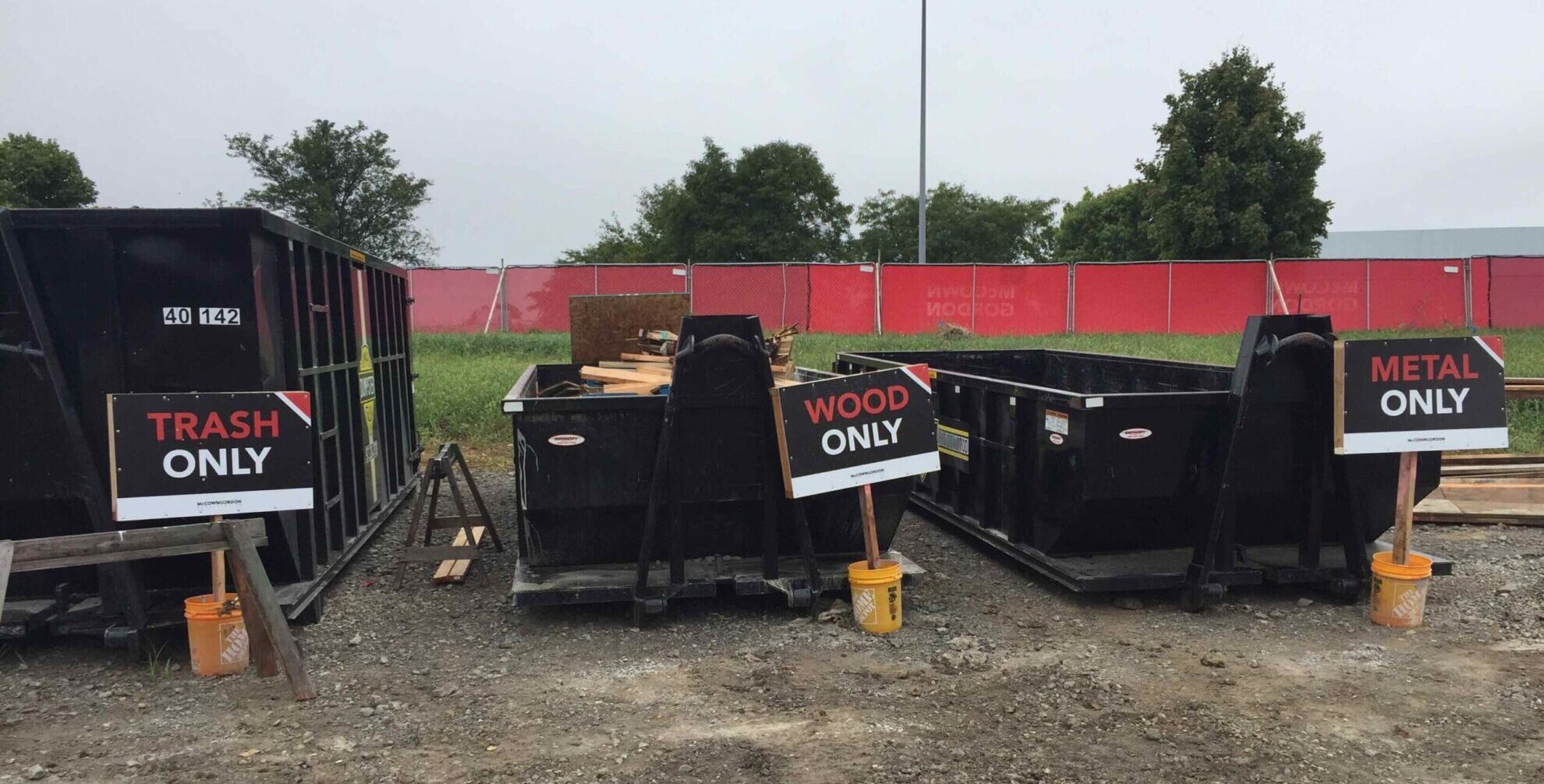
Learn more about our partnership with KC Dumpster’s Construction & Demolition Recovery Facility and the work we’re doing to divert waste on our projects.
Engage commissioning early
Working with a commissioning authority like McCownGordon helps to ensure the investment you make in a sustainable project is realized throughout occupancy. By engaging our commissioning team early, we can proactively address potential issues, foster a smoother construction process, and ultimately deliver a more sustainable and high-performing building. “Our internal commissioning team regularly shares lessons learned from occupied buildings with our construction teams, allowing us to integrate those learnings earlier into our next build,” says Tilgner. Read more about the benefits of engaging our commissioning team early.
Our Commitment to Sustainability
As a company, McCownGordon is committed to sustainability within our own walls. Our commitment includes the following:
- Discussing up front your goals and how we can help achieve them
- Recycling applicable waste streams and providing diversion rates
- Upgrading on-site trailers continuously to reduce energy consumption
- Training staff to ensure all can knowledgeably apply sustainable concepts
- Integrating with the design team early through our Building Performance Solutions team to provide system-level analysis and optimization
Learn more about our corporate commitment to sustainability.
At McCownGordon, we proactively educate our clients on strategies to reduce their environmental footprint, advocate for solutions that improve overall performance, and construct buildings responsibly.
Whether your goal is to provide a measurable level of carbon footprint reduction, achieve a rigorous sustainability certification, or simply limit your environmental impact, the McCownGordon team can help you achieve your environmental, social, and governance goals.


